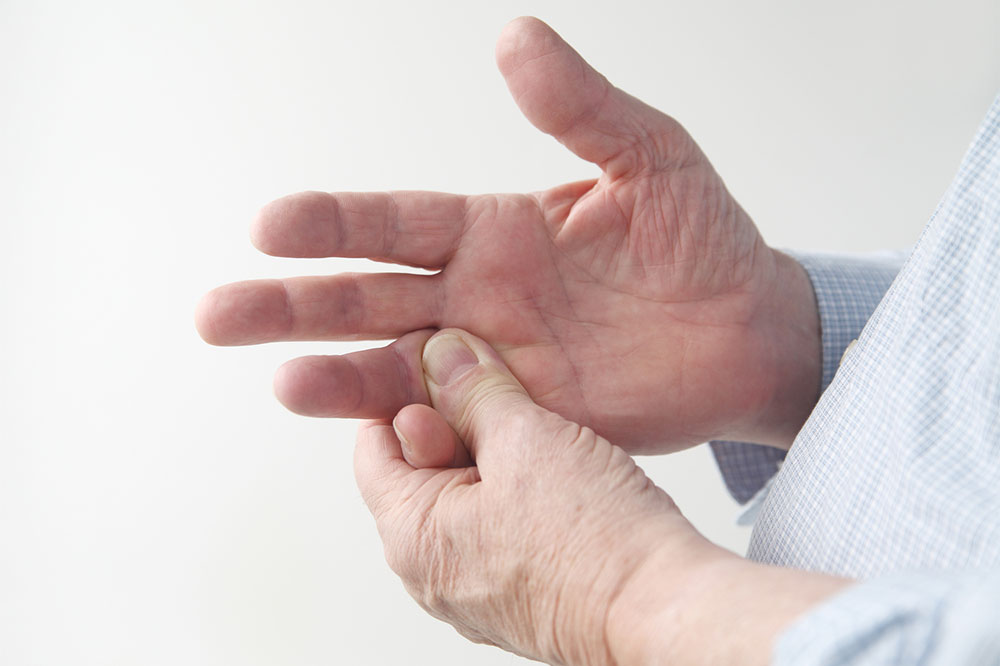5 common joint conditions and how to treat them

A joint or articulation is made from two bones that aid the body in movement. There are many forms of joint conditions, which, in many cases, arise from the wear and tear of bones. Arthritis is one of the major and most common health conditions in the country, and its intensity increases with age. Here are some common types of joint conditions that you need to know:
- Osteoarthritis
With almost 10 percent of men and 13 percent of women aged over 60 suffering from osteoarthritis, it is one of the most prevalent joint conditions in the country. Osteoarthritis occurs due to the wear and tear of the cartilages that protect the ends of bones. It commonly affects joints of the spine, hands, hips, and knees. If left untreated, this wear and tear of the cartilage soon leads to bone degeneration, thereby affecting flexibility and range of movement. Treatment for osteoarthritis depends on its severity and the patient’s age. Mild symptoms can be treated through medications, physiotherapy, and changes in lifestyle, whereas moderate to severe cases may require surgical intervention. - Spondyloarthritis
Spondyloarthritis, also referred to as spondyloarthropathy, is a type of rheumatic disease that causes inflammation in various joints. There are two types of spondyloarthritis—axial spondyloarthritis, which causes inflammation of the joints in the chest, spine, and hip bone, and peripheral spondyloarthritis, which causes inflammation in the fingers, knees, and toes. Medical researchers believe that spondyloarthritis is caused due to the presence of a certain gene called HLA-B27. This type of joint condition can be treated using medications, physiotherapy, and even surgery, if needed. - Bursitis
This type of joint condition is marked by the accumulation of fluid in sacs called bursae, which protect the joints, muscles, and tendons. Bursitis can occur in joints surrounding the shoulder, elbow, and hips. It is a painful condition that is mainly caused due to injuries or overuse and inflammation of certain joints. Bursitis can also be caused due to bacterial infections. This condition can be managed through anti-inflammatory medications, compression techniques that let the fluids get reabsorbed, and immobilizing the affected joint until the inflammation subsides. - Rheumatoid arthritis
This is one of the most common autoimmune diseases that affects the joints. A person suffers from an autoimmune disease when their immune system attacks a part of their own body. In this case, the autoimmune disease causes inflammation in the joints. If left untreated, this joint condition can worsen and result in bone and cartilage destruction. There is a vast range of treatment options for this type of joint condition, namely non-steroidal anti-inflammatory drugs (NSAID), corticosteroids, joint fusion surgery, and total joint replacement. - Gout
Gout is characterized by the formation of uric acid in the feet, mainly the big toe. It has been observed that gout is more prevalent in women with menopause and men. Gout can be treated through medical interventions such as NSAIDs and corticosteroids and dietary changes (especially avoiding foods that are high in purine).

